Home>Articles>What Device Is Used To Attach Hand Tools To A Hand Line


Articles
What Device Is Used To Attach Hand Tools To A Hand Line
Modified: January 6, 2024
Discover the device used to attach hand tools to a hand line. Read our informative articles and find out more about this essential tool for efficient work.
(Many of the links in this article redirect to a specific reviewed product. Your purchase of these products through affiliate links helps to generate commission for Storables.com, at no extra cost. Learn more)
Introduction
When it comes to completing a wide range of tasks efficiently, hand tools play a vital role. They are versatile and dependable, offering the ability to tackle various projects with precision and control. Whether you’re a professional tradesperson or a dedicated DIY enthusiast, having the right hand tools is essential for getting the job done.
However, when working at heights or in challenging environments, it’s not always practical or safe to carry hand tools with you. That’s where a hand line comes into play. A hand line is a rope or cord that allows you to hoist tools and equipment to higher or remote locations, ensuring accessibility and convenience in your work.
To attach hand tools to a hand line securely, specific devices are used. These devices serve various purposes, from keeping the tools in place during transportation to providing a reliable connection between the tool and the hand line. In this article, we will explore some of the common devices used for attaching hand tools to a hand line and how they can enhance your efficiency and safety in different work environments.
By understanding the different devices available, you can determine the most suitable option for your specific needs and ensure that your hand tools remain securely attached while working at heights or in challenging conditions. So let’s dive in and explore the world of devices for attaching hand tools to a hand line.
Key Takeaways:
- When working at heights or in challenging environments, hand lines are essential for hoisting tools. Devices like tool lanyards, carabiners, and tool holsters ensure secure attachment, enhancing safety and efficiency.
- The combination of hand tools and hand lines with proper attachment devices offers a practical solution for various work settings. Choosing the right device is crucial for securely transporting tools and improving productivity.
Read more: What Hand Tools To Use For Etching
Hand Tools
Hand tools are versatile instruments that allow individuals to perform a wide range of tasks efficiently. From simple repairs around the house to intricate woodworking projects, these tools have been essential companions for craftsmen for centuries.
There are countless types of hand tools available, each designed for specific purposes. Some common examples include:
- Hammers: Used for driving nails, fixing objects in place, or striking objects for various tasks.
- Pliers: Used for gripping, bending, and cutting objects, with specialized variations for specific needs like wire stripping or plumbing work.
- Screwdrivers: Designed to drive screws into different materials or loosen screws for disassembly purposes.
- Wrenches: Used for tightening and loosening bolts and nuts. They come in various shapes and sizes to fit different fasteners.
- Chisels: A sharp tool used for cutting or shaping wood, stone, or metal in carpentry and other craftwork.
- Saws: Tools with sharp teeth for cutting through wood, metal, or other materials. There are different saw types, including hand saws, hacksaws, and coping saws.
- Utility Knives: Versatile knives with retractable blades for cutting materials such as paper, cardboard, or packaging.
- Measuring Tools: Including tape measures, rulers, and calipers, used for accurate measurements in construction or woodworking.
These are just a few examples of the vast array of hand tools available on the market. Each tool offers unique functionality and usability, allowing individuals to tackle various projects with precision and ease.
However, when working in situations where carrying or accessing hand tools directly is impractical – such as working at heights, in confined spaces, or in remote locations – a hand line becomes crucial. In the next section, we will delve into what a hand line is and why it is essential for certain work environments.
Hand Line
A hand line is a versatile tool that serves as a lifeline for workers in various industries. It consists of a rope or cord that is used to hoist and lower tools, equipment, and materials to higher or distant locations, enabling workers to access hard-to-reach areas safely and efficiently.
The hand line is typically made of strong, durable materials such as nylon, polyester, or polypropylene. These materials offer high tensile strength and resistance to abrasion, ensuring that the line can withstand the demands of different work environments.
Hand lines are commonly used in construction, maintenance, carpentry, and other industries where working at heights or in confined spaces is required. They provide a practical solution for situations where carrying tools or equipment by hand is impractical or poses safety risks.
Hand lines offer several advantages in these work environments:
- Accessibility: With a hand line, workers can transport tools and equipment to elevated or remote locations with ease. This allows them to complete tasks efficiently and effectively.
- Convenience: Using a hand line eliminates the need for workers to constantly climb up and down ladders or scaffolding to retrieve tools or materials. This saves time and energy, improving overall productivity.
- Safety: By using a hand line, workers can keep themselves secure by reducing the risk of falls or accidents associated with carrying heavy objects or navigating hazardous areas.
- Versatility: Hand lines can be used in a variety of work situations, from construction sites and industrial settings to residential projects or outdoor expeditions.
Hand lines also come in different lengths and thicknesses to accommodate various job requirements. The choice of a hand line depends on factors such as the weight of the tools or equipment being transported and the distance it needs to be lifted.
To ensure safe and efficient use, it is essential to inspect the hand line regularly for any signs of wear or damage. It is also important to use proper lifting techniques and secure the hand line and tools correctly to prevent accidents or injury.
In the next section, we will explore the devices used for attaching hand tools to a hand line, providing a secure and reliable connection between the tools and the line.
A carabiner is commonly used to attach hand tools to a hand line. Make sure to choose a carabiner with a weight rating suitable for the tools being attached.
Devices for Attaching Hand Tools to a Hand Line
When using a hand line to transport tools or equipment, it is essential to have devices that securely attach the hand tools to the line. These devices ensure that the tools remain in place during transportation and provide a reliable connection between the hand line and the tools. Let’s take a look at some common devices used for attaching hand tools to a hand line:
- Tool Lanyards: Tool lanyards are adjustable straps or cords that connect hand tools to the hand line. They typically feature a loop or clip at one end for attaching the tool and a secure hook or attachment point at the other end to connect to the hand line. Tool lanyards come in various lengths and styles, allowing flexibility in attaching tools of different sizes and weights.
- Carabiners: Carabiners are sturdy metal clips often used in rock climbing and mountaineering. They are also commonly employed to attach hand tools to a hand line. Carabiners provide a simple yet reliable way to connect tools securely. They feature a spring-loaded gate that can be opened and closed quickly, making it easy to attach and detach tools as needed.
- Tool Holsters: Tool holsters are specially designed holders or pockets that can be attached to belts, harnesses, or tool belts. They provide a secure and accessible storage solution for hand tools, allowing for quick access and easy attachment to a hand line. Tool holsters are particularly useful for smaller hand tools like screwdrivers, pliers, and utility knives.
- Buckets or Bags: For larger or bulkier tools or equipment, using buckets or bags with a sturdy handle can be an effective way to attach them to a hand line. Tool buckets or bags provide ample storage space and offer a reliable connection point for the hand line. They are especially useful for carrying multiple tools or heavier items.
When choosing a device for attaching hand tools to a hand line, it is important to consider factors such as the weight and size of the tools, the type of work being performed, and the overall functionality and safety requirements. Additionally, it is crucial to ensure that the attachment method is secure and can withstand the forces and movements associated with transporting tools.
By using these devices, workers can ensure that their hand tools are firmly attached to the hand line, minimizing the risk of tools falling or becoming disconnected during transport. This, in turn, enhances safety and efficiency in various work environments.
Now that you have learned about the different devices used for attaching hand tools to a hand line, you can make informed choices when it comes to selecting the most suitable device for your specific needs.+
Conclusion
Hand tools are essential companions in various industries, enabling workers to perform tasks with precision and control. However, in certain work environments where carrying or accessing hand tools directly is impractical, a hand line becomes invaluable. The hand line allows tools and equipment to be safely hoisted to higher or remote locations, enhancing accessibility and convenience.
To ensure a secure connection between hand tools and the hand line, specific devices are used. Tool lanyards, carabiners, tool holsters, and buckets or bags serve this purpose. These devices offer different attachment methods, catering to various tool sizes and weights, and ensuring that tools remain in place during transportation.
When using a hand line and attaching tools, it is important to prioritize safety by regularly inspecting the hand line for any signs of wear or damage. Additionally, practicing proper lifting techniques and securing the tools correctly are crucial for preventing accidents or injuries.
The use of devices for attaching hand tools to a hand line not only ensures the safety of workers but also improves efficiency and productivity. Workers can access tools quickly and easily without having to climb up and down ladders or scaffolding repeatedly, saving time and energy.
By understanding the different devices available and their functionalities, you can choose the most suitable options for your specific needs. Whether you’re working in construction, maintenance, or any other industry that requires working at heights or in challenging environments, these devices will provide a reliable and secure connection between your hand tools and the hand line.
Overall, the combination of hand tools and a hand line with appropriate attachment devices offers a practical and efficient solution for completing tasks in various work settings. By utilizing these tools and devices effectively, you can enhance your productivity, safety, and overall work experience.
Frequently Asked Questions about What Device Is Used To Attach Hand Tools To A Hand Line
Was this page helpful?
At Storables.com, we guarantee accurate and reliable information. Our content, validated by Expert Board Contributors, is crafted following stringent Editorial Policies. We're committed to providing you with well-researched, expert-backed insights for all your informational needs.
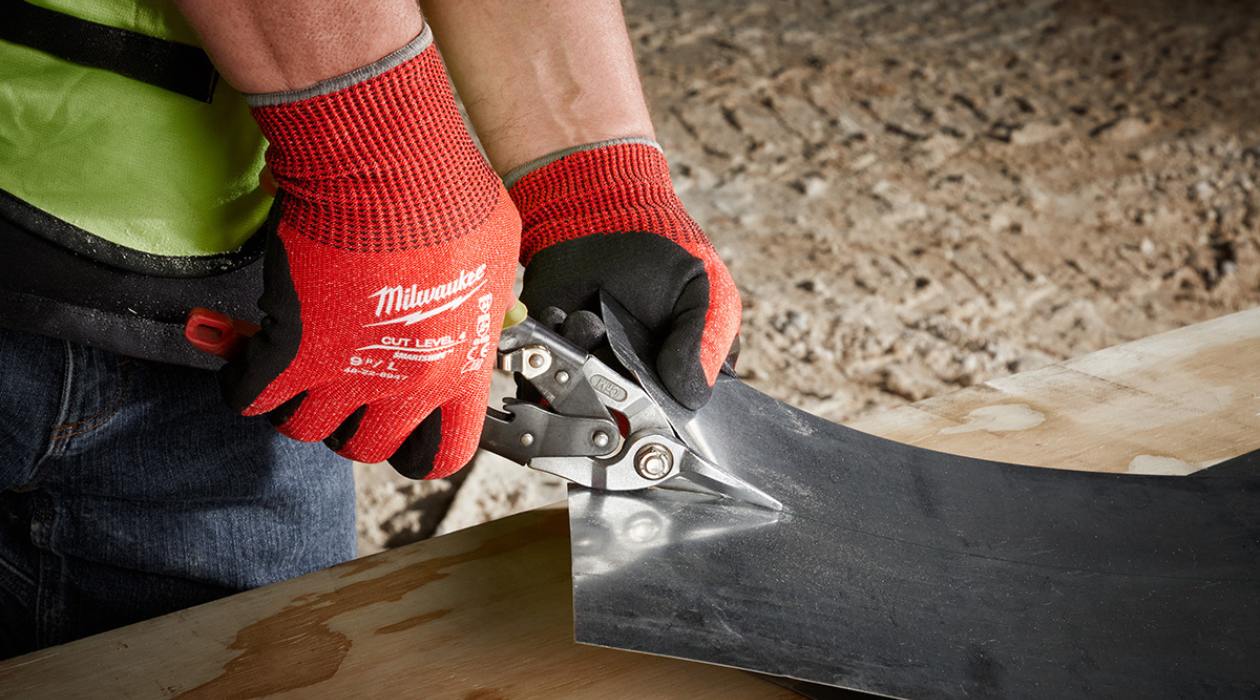
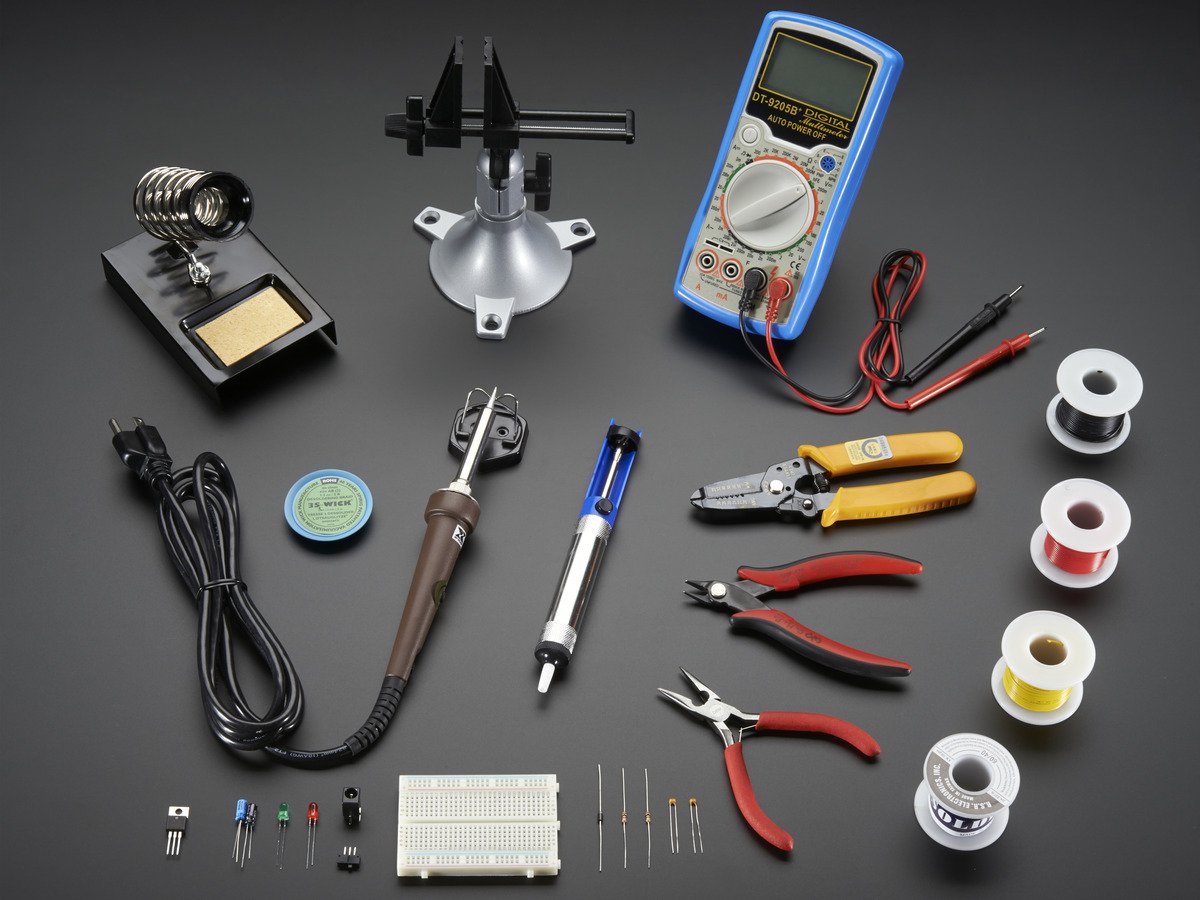
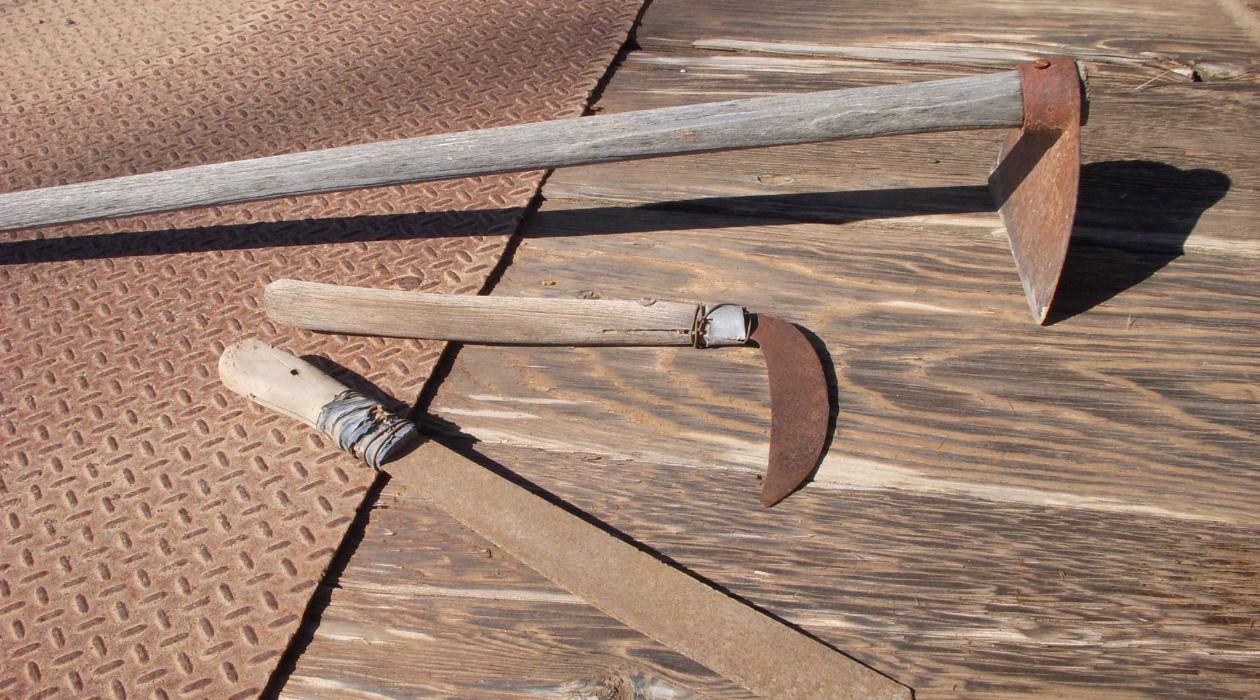
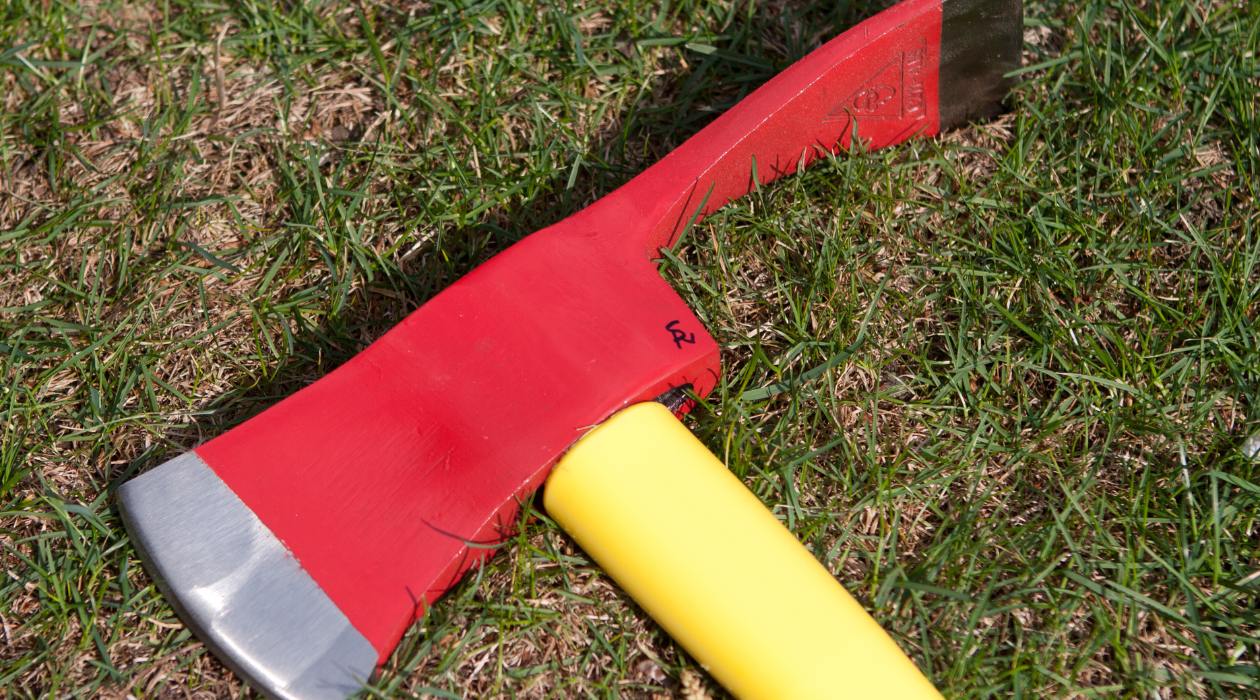
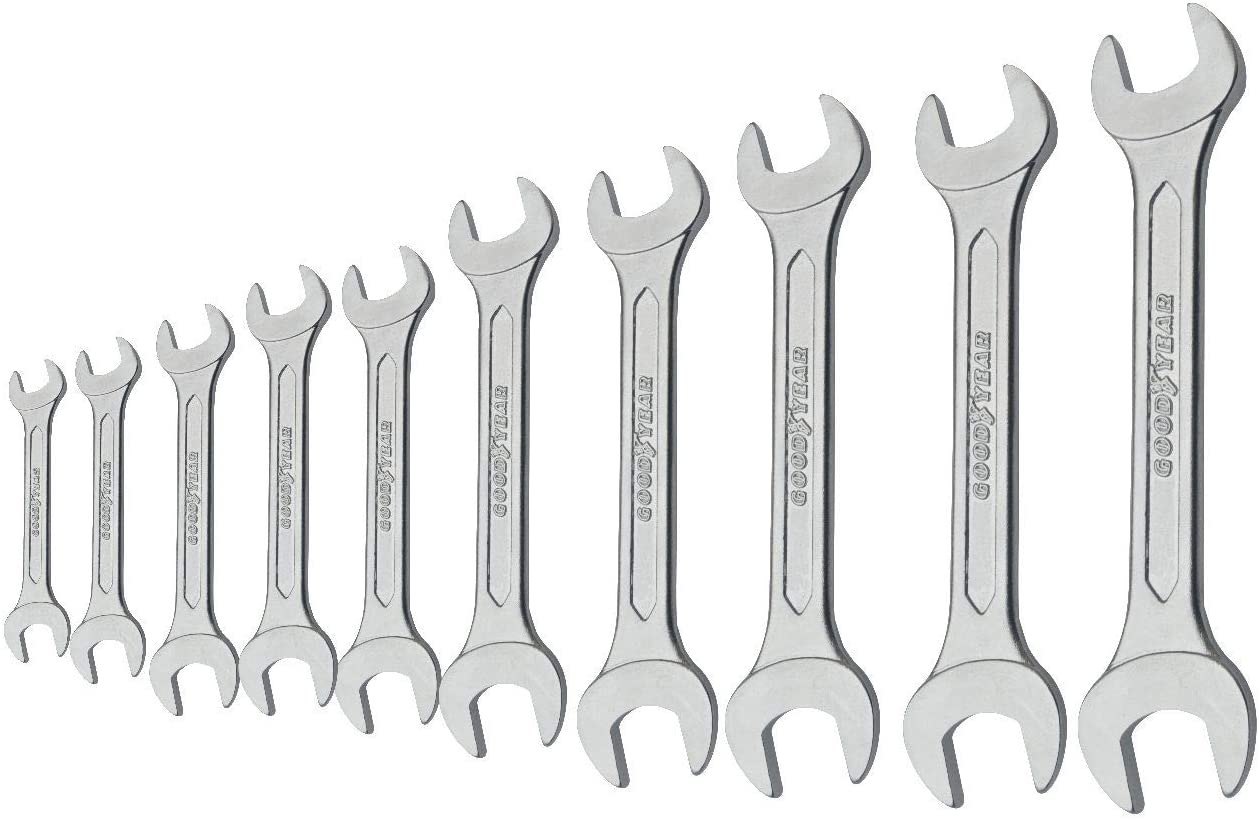
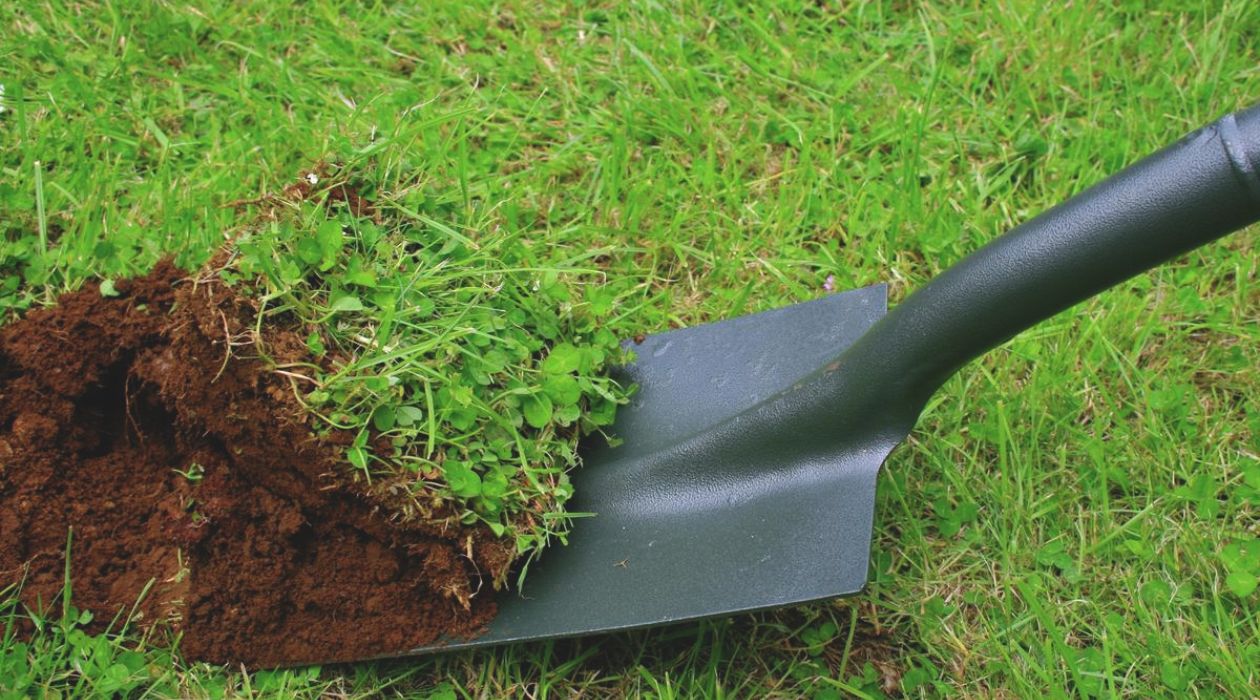
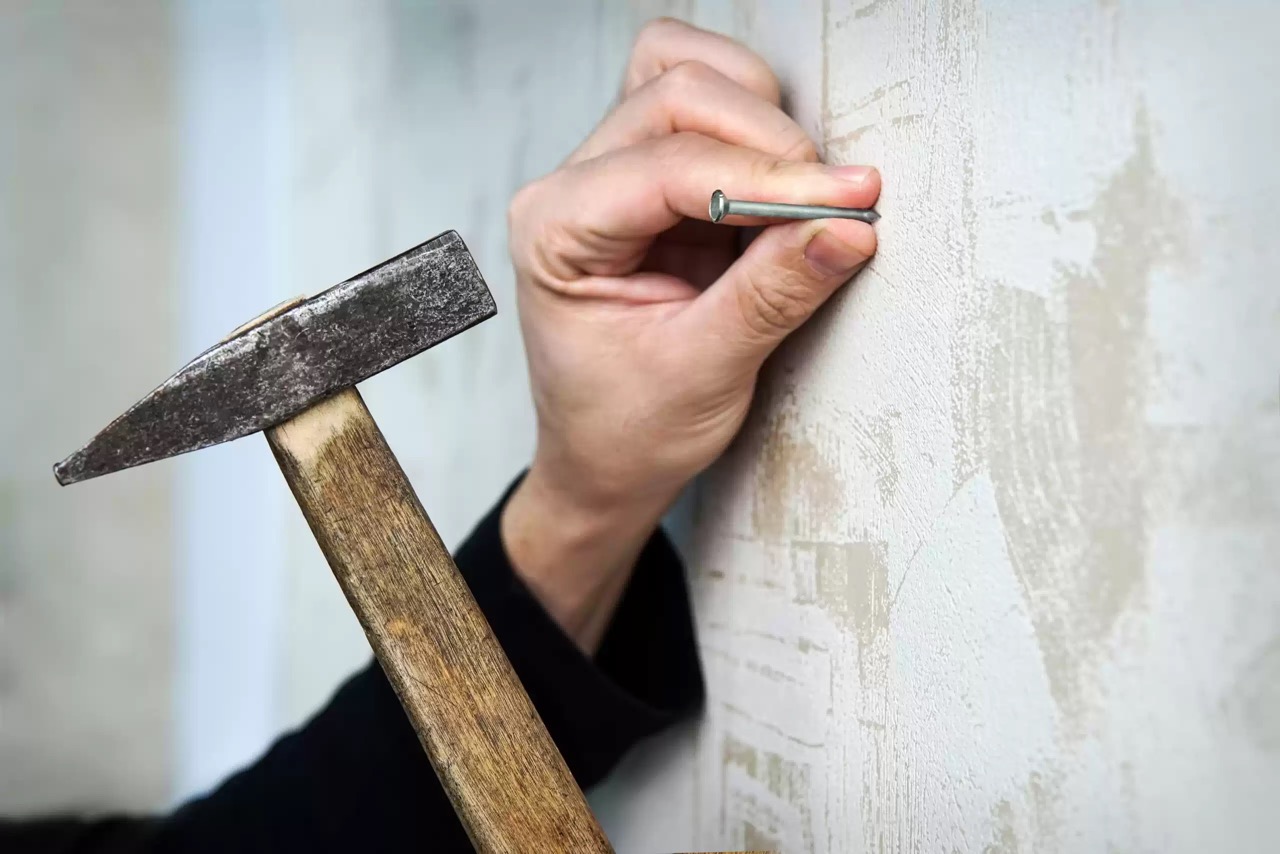
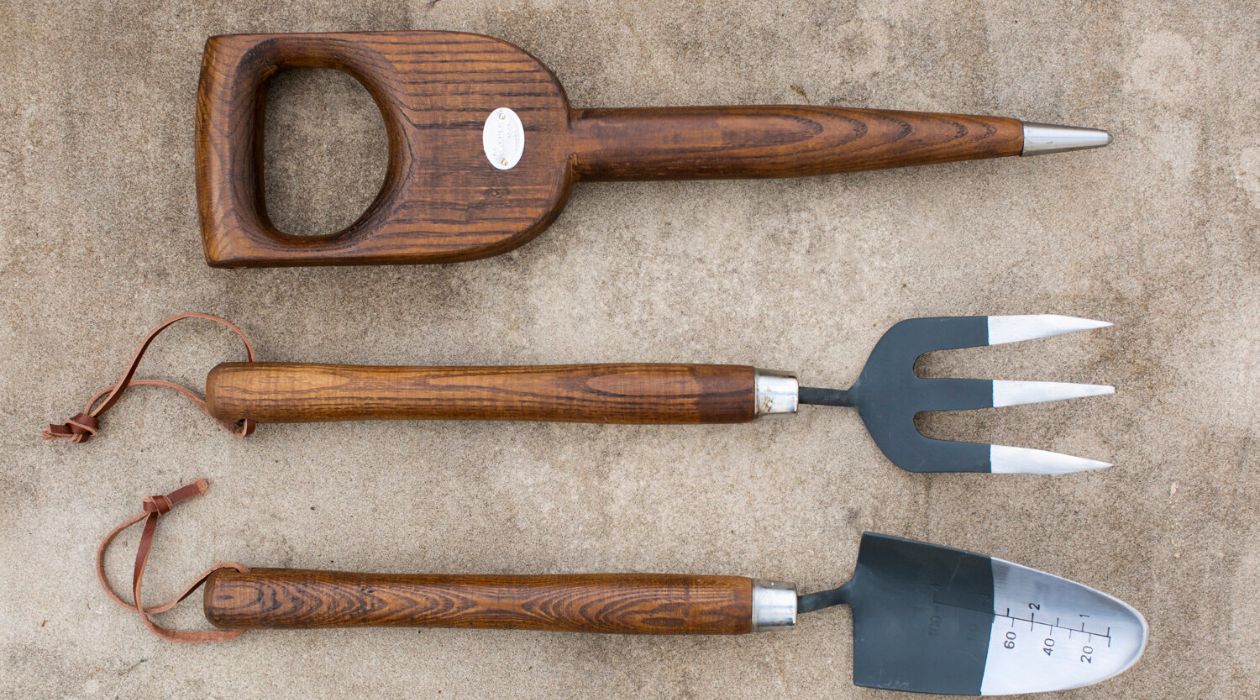
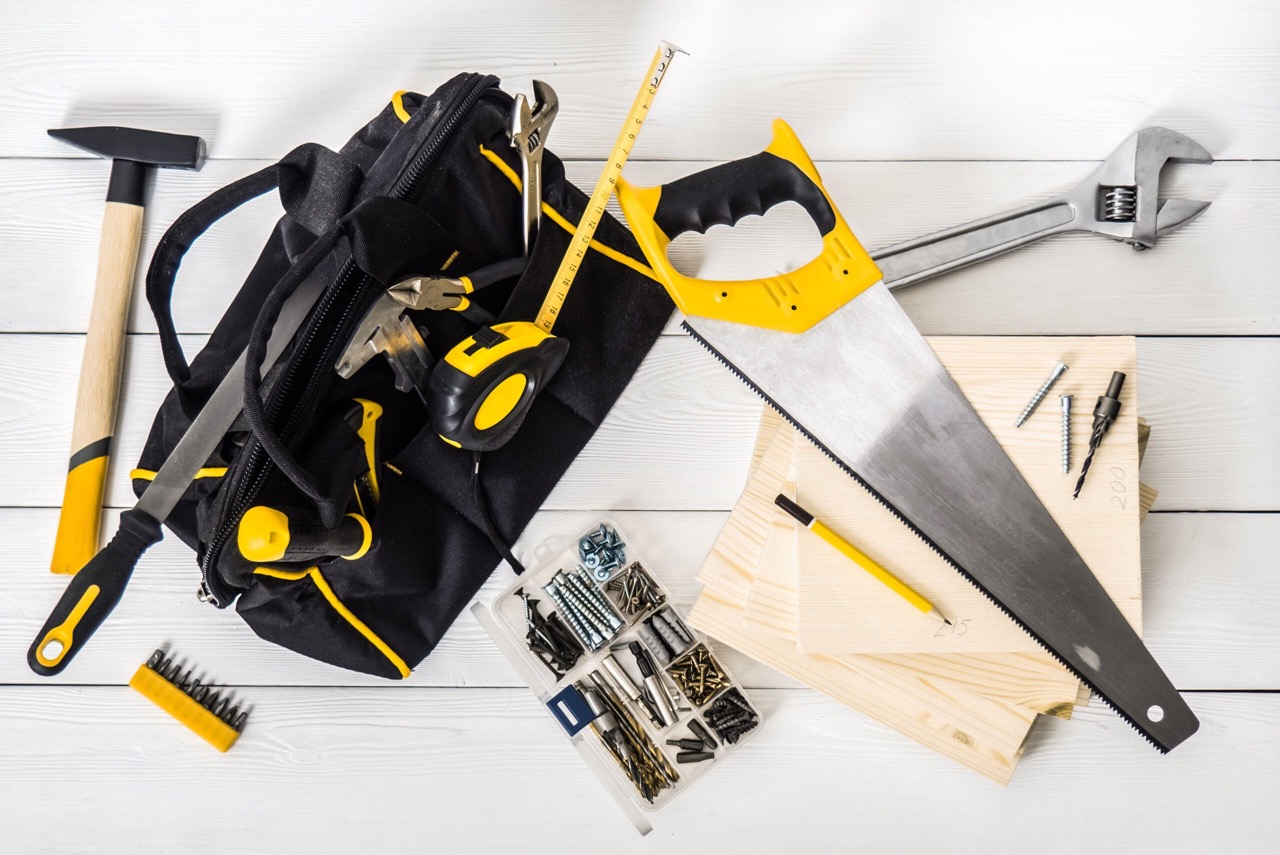
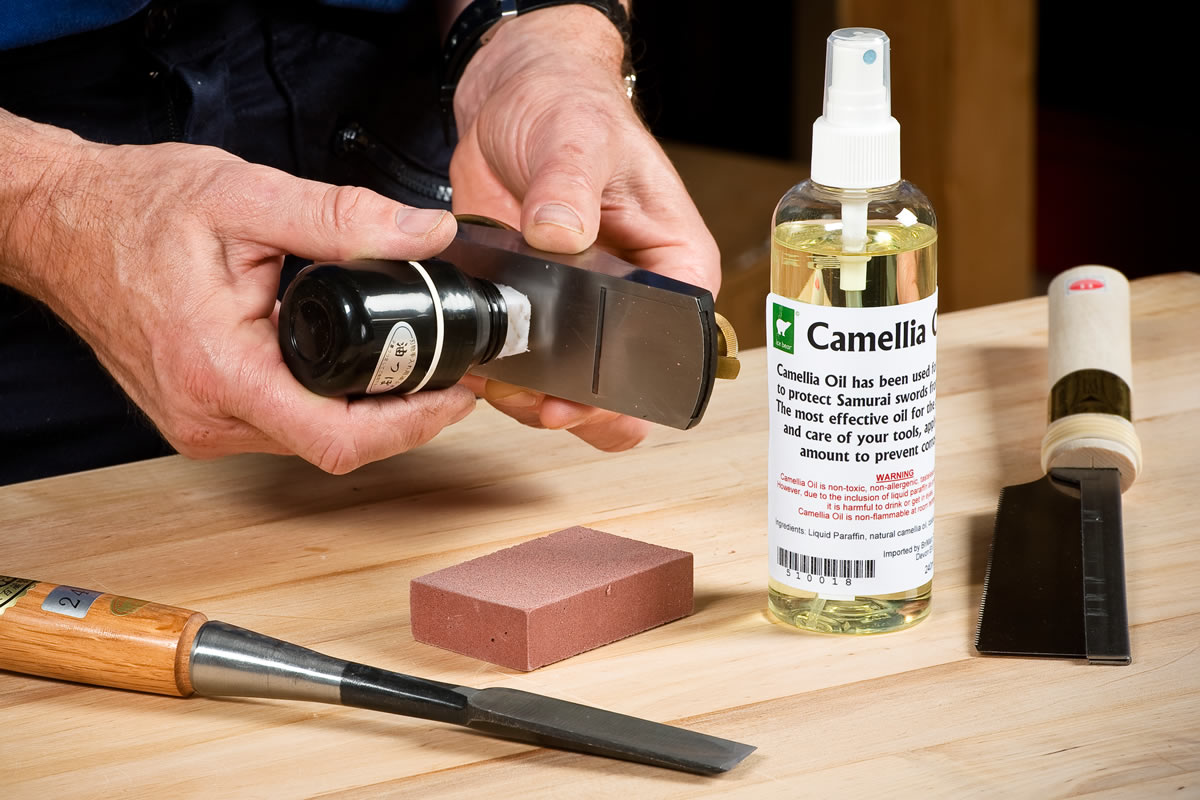
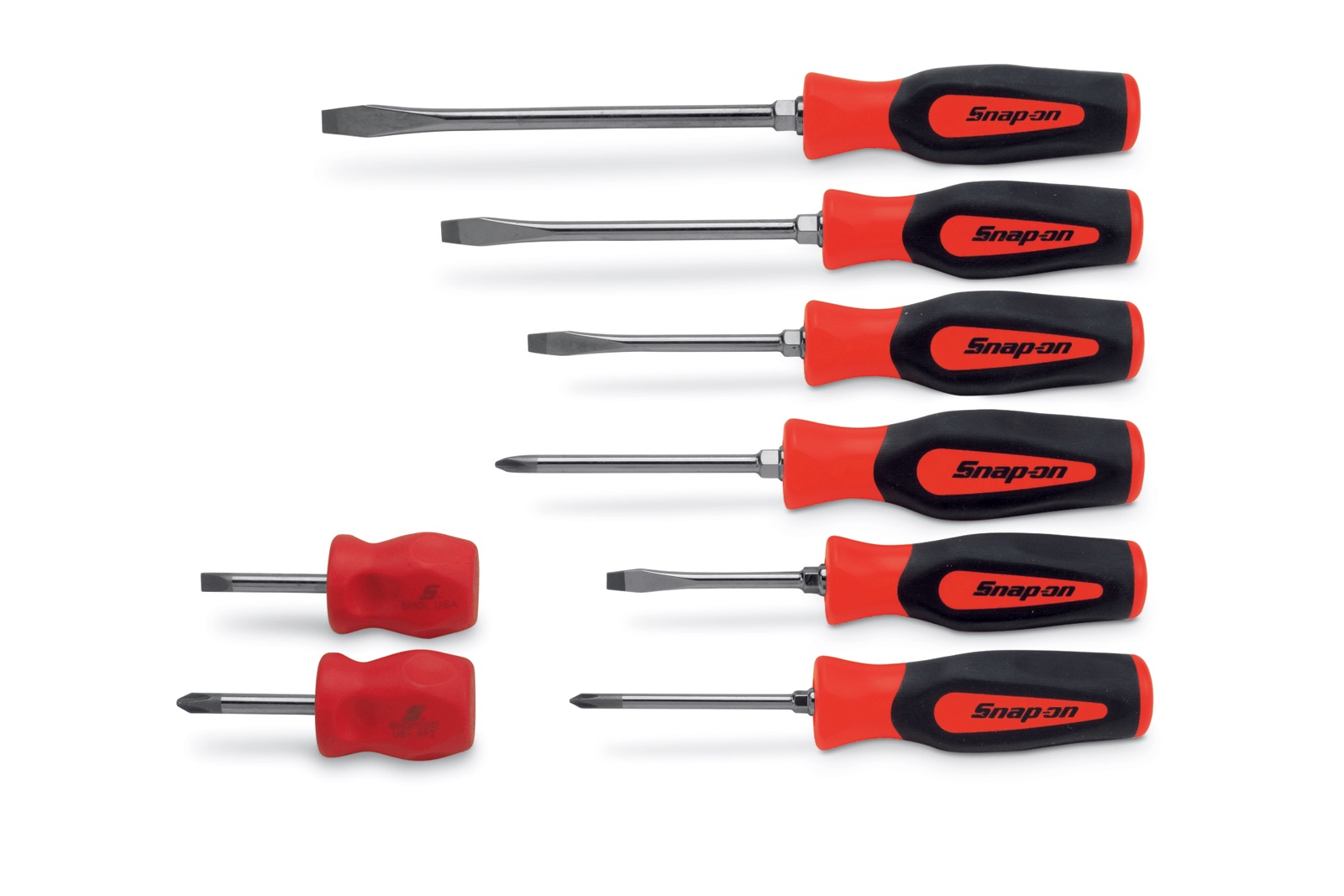
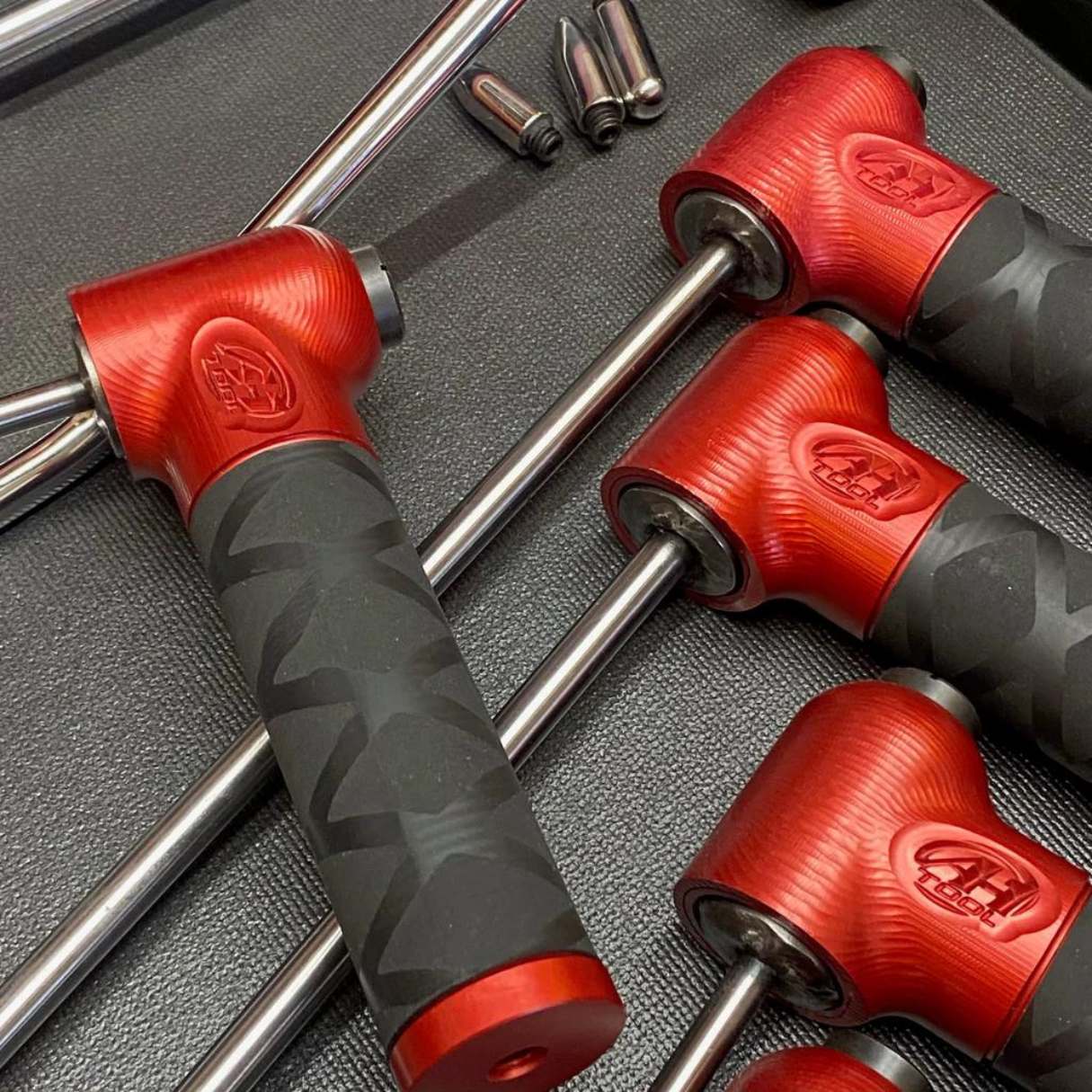

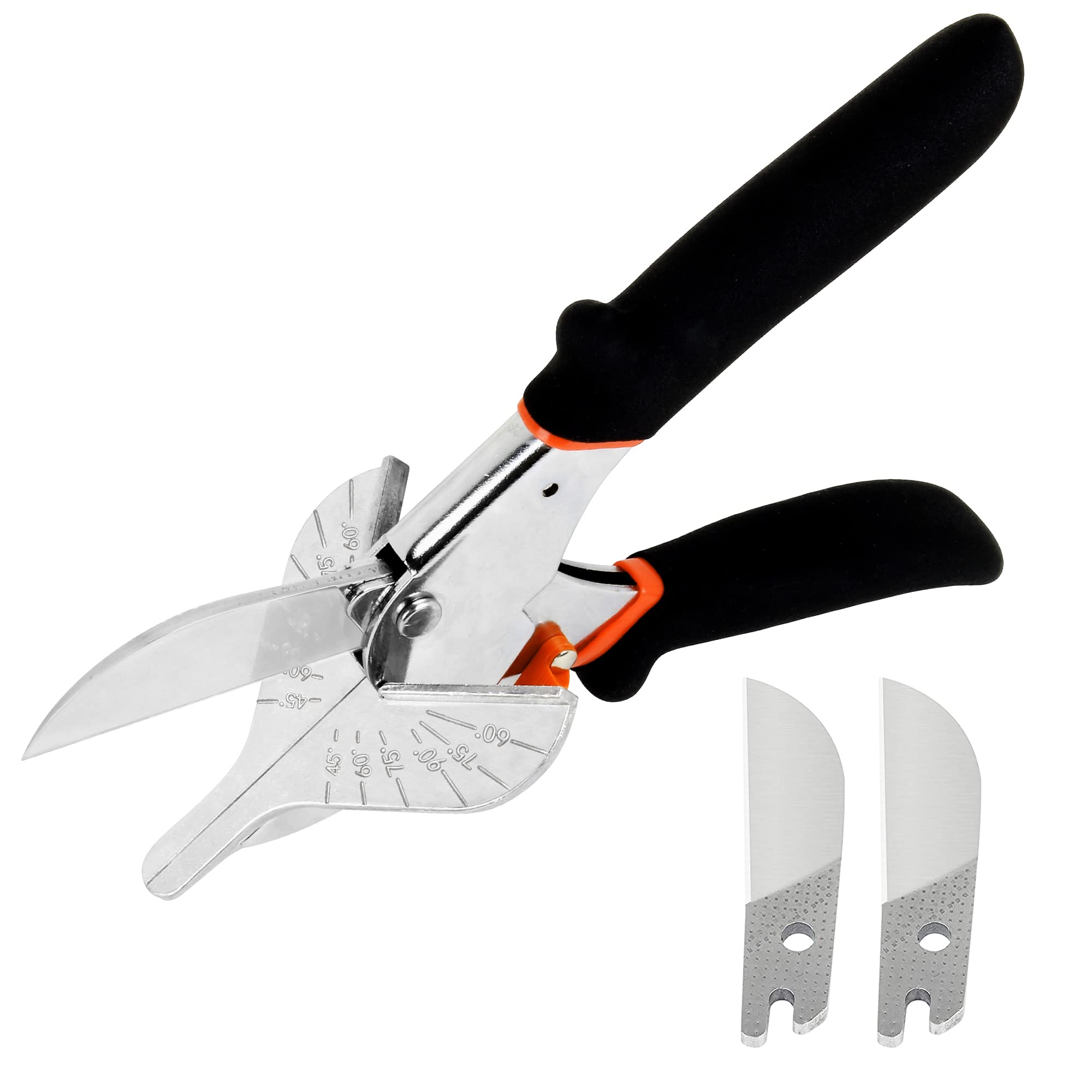


0 thoughts on “What Device Is Used To Attach Hand Tools To A Hand Line”